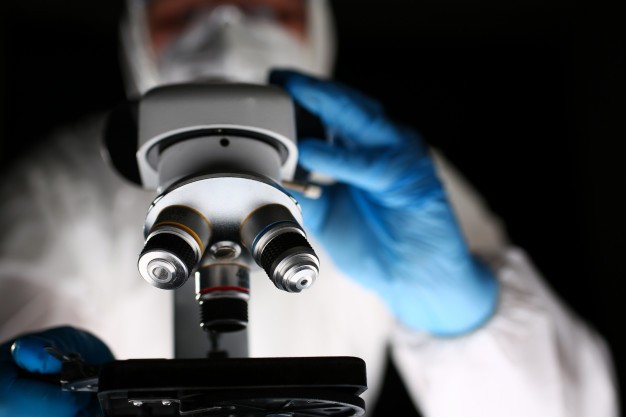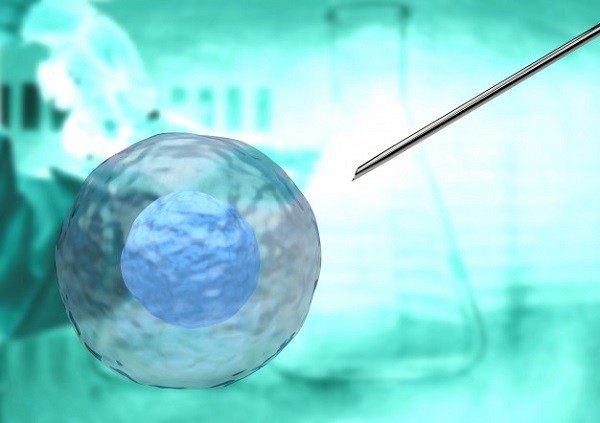Explore the Future of Nanotechnology in Medical Devices

Nanotechnology is exploring various ways to control infection; Gold, Nanocrystalline Silver, Infrared, Polymer-Coated Iron Oxide, Nitric Oxide Gas Nanoparticles, Quantum Dots and Nanocapals. Applications of nanotechnology assist in the design and manufacture of medical devices. The use of nanotechnology as a lead to produce technologically advanced and minimally invasive products is increasing. Nanotechnology is used for nanocoatings, the material mimicking natural tissue, devices employing the electrical and magnetic properties of nanomaterials and others.
New Evolution & Technological Advancements in Immunoassay

Immunosomes are used to measure the concentration of small molecules such as lipids, proteins, nucleic acids, etc. in solutions using immuno-antibody reactions. It is used to detect several infectious disorders such as dengue, hepatitis, human immunodeficiency virus (HIV). The increasing incidence of infectious diseases such as HIV is the primary global public health issue.
History and Future Scope of Stem Cell Therapy

Stem cells are the initial body cells from which all other cells with special functions are produced. Under a controlled environment or clinical laboratory in the body, these cells divide to form more cells, called daughter cells. Due to the advent of modern health science, these cells play a major role in understanding the occurrence of diseases, generation of advanced regenerative drugs, and drug discovery. There are certain sources such as fetuses, bone marrow, body fat and umbilical cord blood among others, where stem cells are produced.